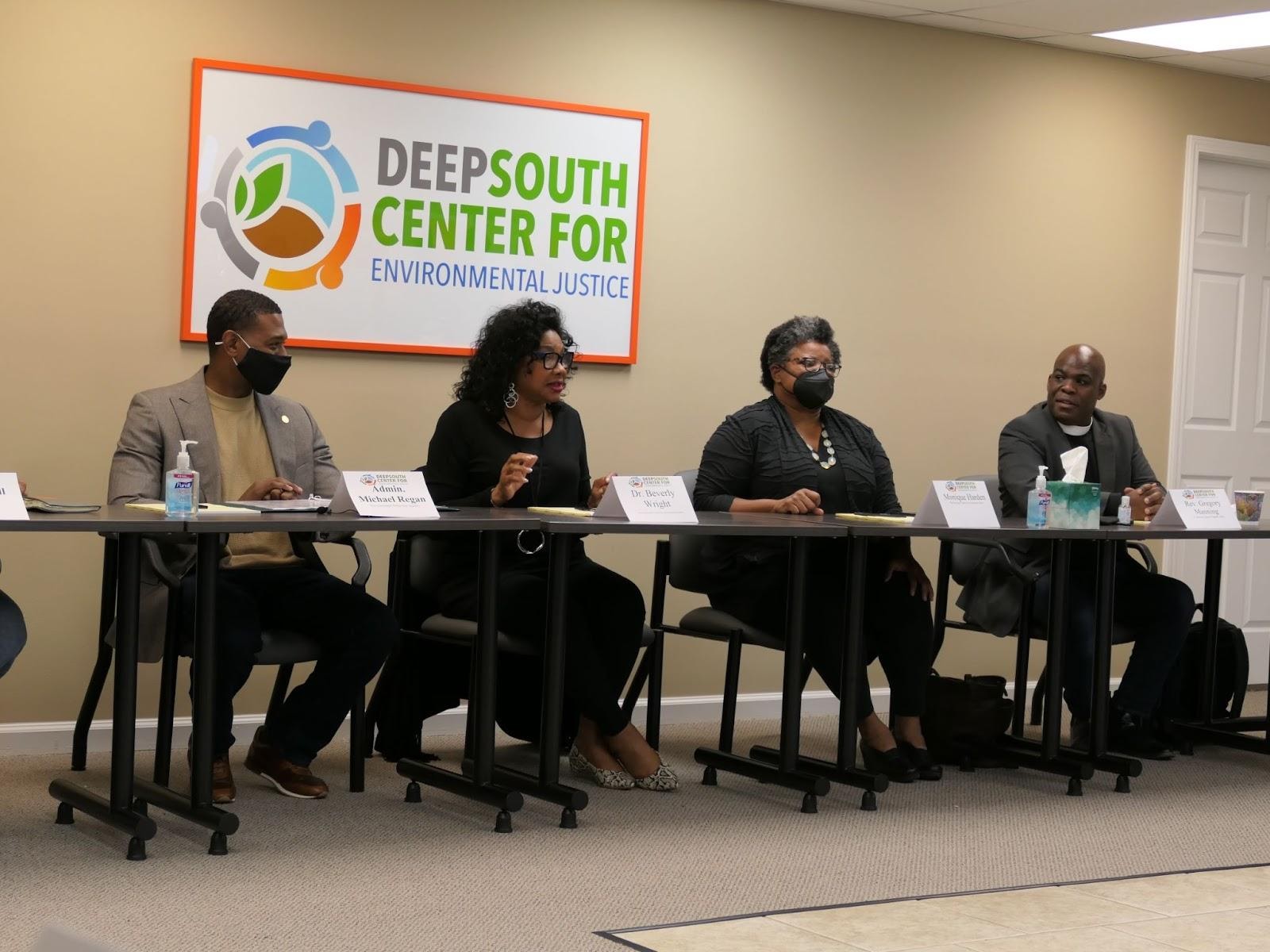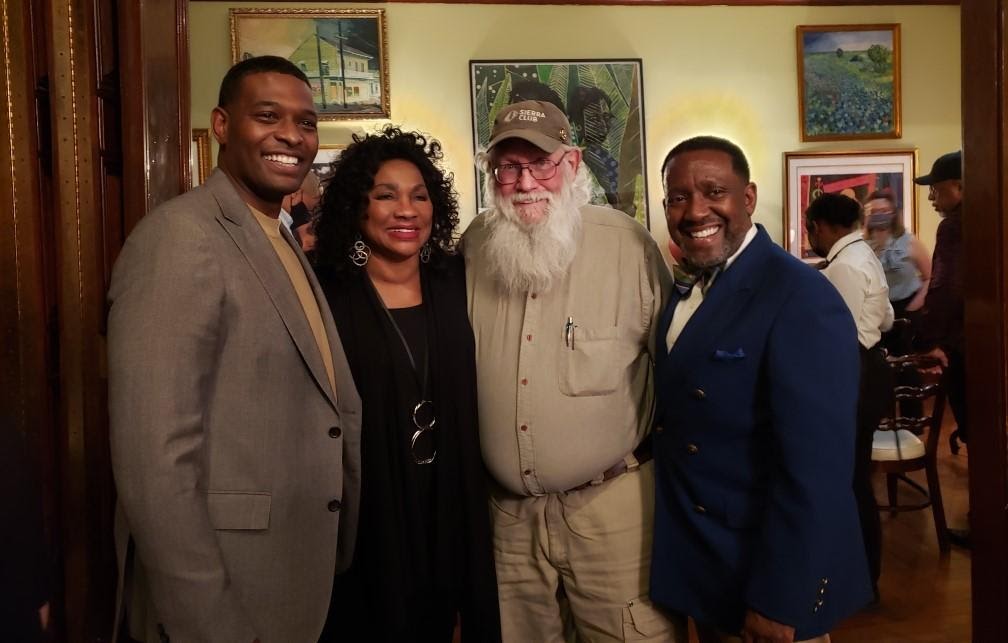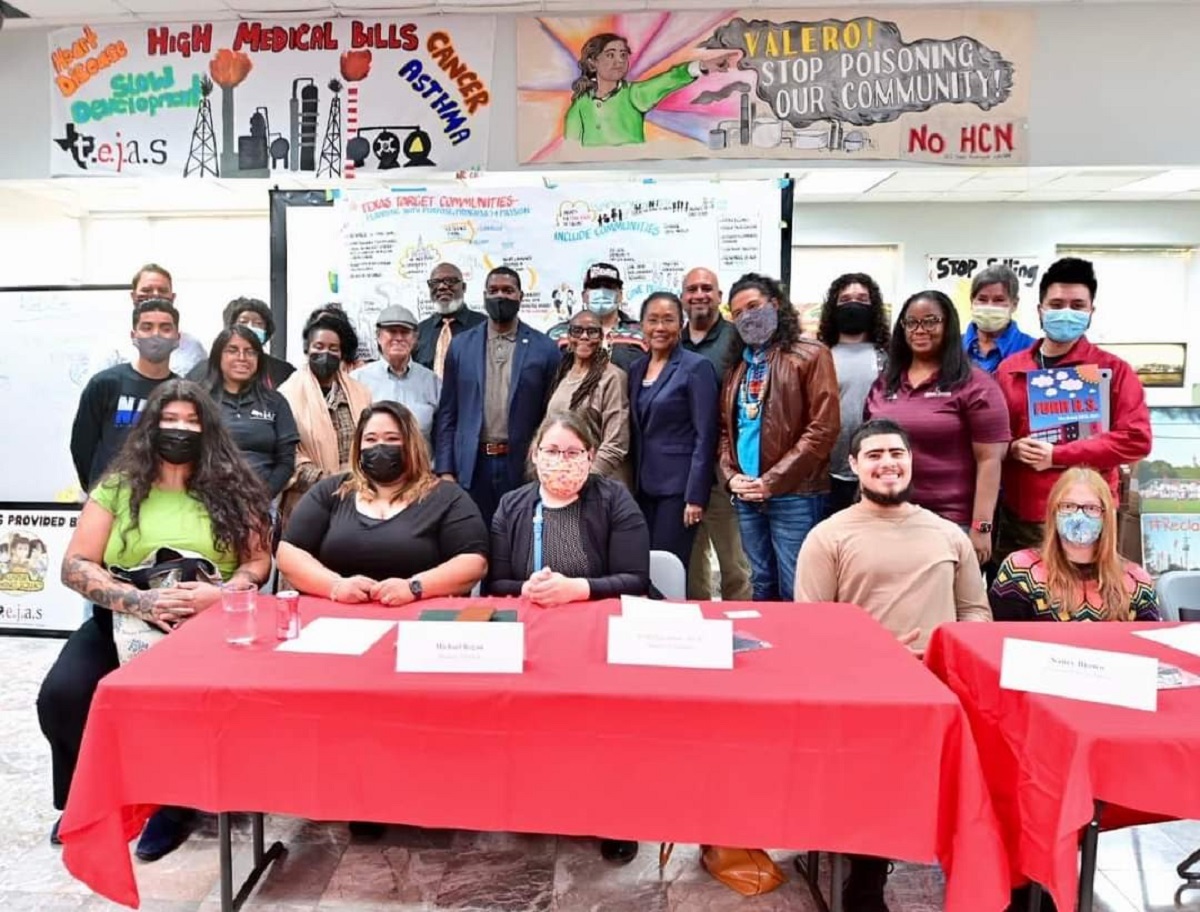In late November, EPA Administrator Michael Regan did something no one in his position had ever done. He embarked on a multi-day “Journey to Justice” tour of communities in the Gulf Coast to see firsthand the environmental racism that’s widespread on the Gulf Coast, as well as the impacts that the oil, gas, and petrochemical industries have on Black, Brown, and Indigenous communities throughout the region.
Nationwide, people of color are exposed to higher rates of pollution than whites. According to the Clean Air Task Force, Black people are 75 percent more likely to live next to a major polluter like an oil refinery. But the problem is especially acute in the Gulf South, where many communities of color contain multiple polluting facilities -- and suffer cancers, asthma, and other illnesses as a result. I live and organize in Louisiana, which is home to 85 miles known as “Death/Cancer Alley,” where a concentration of oil refineries has led to high levels of cancer and premature death.
Regan began his 550-mile tour in Jackson, Mississippi, which has suffered from water contamination and water shortages, and then drove to New Orleans, where I joined him for a roundtable on environmental justice at the Deep South Center for Environmental Justice.


Regan then traveled to Mossville, Louisiana, a community founded by free Black people before the Civil War. It is now home to over 14 refineries and chemical plants, which have forced community members to leave their homes and caused widespread health problems. He met with representatives from Concerned Citizens of Mossville and learned about years of conflict, inequitable buyout programs, and impacts on the historic Black community.
Between Mossville and Houston, Regan’s final stop on the tour, is another environmental justice hotspot: Port Arthur, Texas, a working class and “majority minority” city along the Gulf Coast that is saturated with oil, gas, and petrochemical plants and refineries. Port Arthur has also been severely impacted by climate-change related weather disasters, like Hurricane Harvey. But Regan skipped over Port Arthur, leaving residents without the opportunity to voice their concerns.
In Houston, Regan met with Dr. Bullard, known as the father of environmental justice, representatives from Texas Southern University, and community leaders from Kashmere Gardens where a cancer cluster has been detected. He also took a toxic tour with representatives of Texas Environmental Justice Advocacy Services (t.e.j.a.s), starting in the Historic East End, a Mexican-American community that straddles the Houston Ship Channel and a massive petrochemical complex. He listened to Furr High School students tell their stories of living through Hurricane Harvey, Winter Storm Uri, and a toxic fire at the Intercontinental Terminals Center. These young people from the first environmental justice high school also described what it’s like to grow up among the cumulative environmental impacts of fossil fuel production, pipelines, heavy machinery traffic, maritime vessels, and shipyards.
The tour ended at the t.e.j.a.s. office, where Regan was joined by Gulf Coast environmental justice leaders for a roundtable discussion. There, Sierra Club campaign representative Bekah Hinojosa had the opportunity to hand-deliver a letter highlighting actions Administrator Regan could take to reduce emissions of the toxic pollutants that are killing people of color, which was signed by 45 partner organizations.
Regan’s visit gave me and other local environmental justice organizers a lot of hope. We were impressed by his willingness to listen to people who have been fighting for clean air, water, and land for decades—but have largely seen their voices ignored. We were heartened that Regan spent time in the communities suffering the worst impacts of environmental injustice. It's hard to really understand the impact of living among petrochemical refineries and other major polluters unless you walk through the communities nearby. Regan took the time to smell the nauseating stench of pollution that these communities live with 365 days a year, and hear the constant clamor of the chemical plants.
But we’ve been hopeful before. Within the next six months, we want to see the EPA take action to protect our communities from the disproportionate levels of dangerous pollution they’ve been exposed to for far too long. In particular, we want to see Regan use his authority to limit the massive expansion of fracked gas export terminals planned for the Gulf Coast, which would be a disaster for our climate and nearby communities. From the beginning of their terms, President Biden and Administrator Regan have said that they intend to prioritize addressing such environmental injustices. We’re ready to see those commitments translated into real change in Cancer Alley—and across the Gulf Coast.
